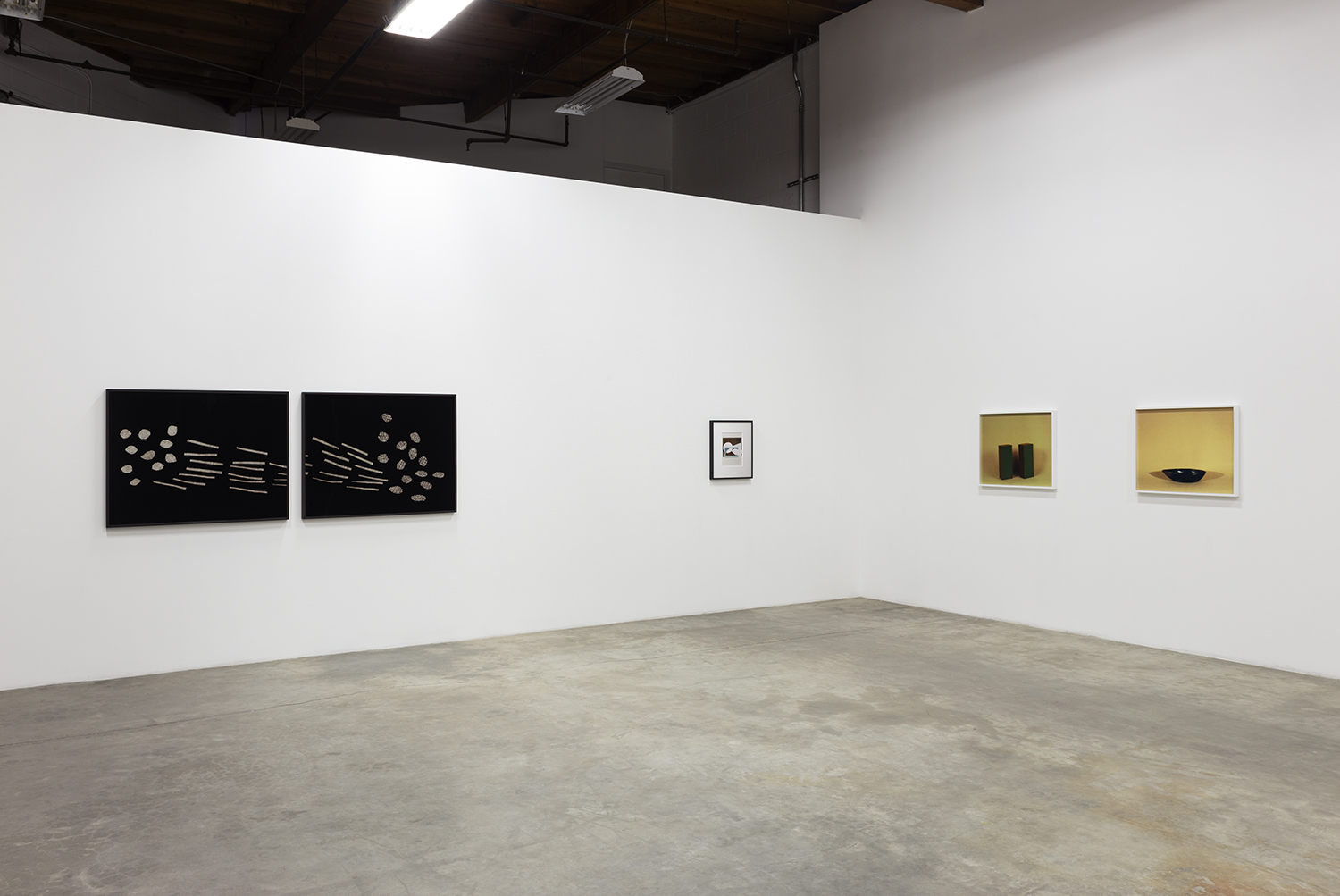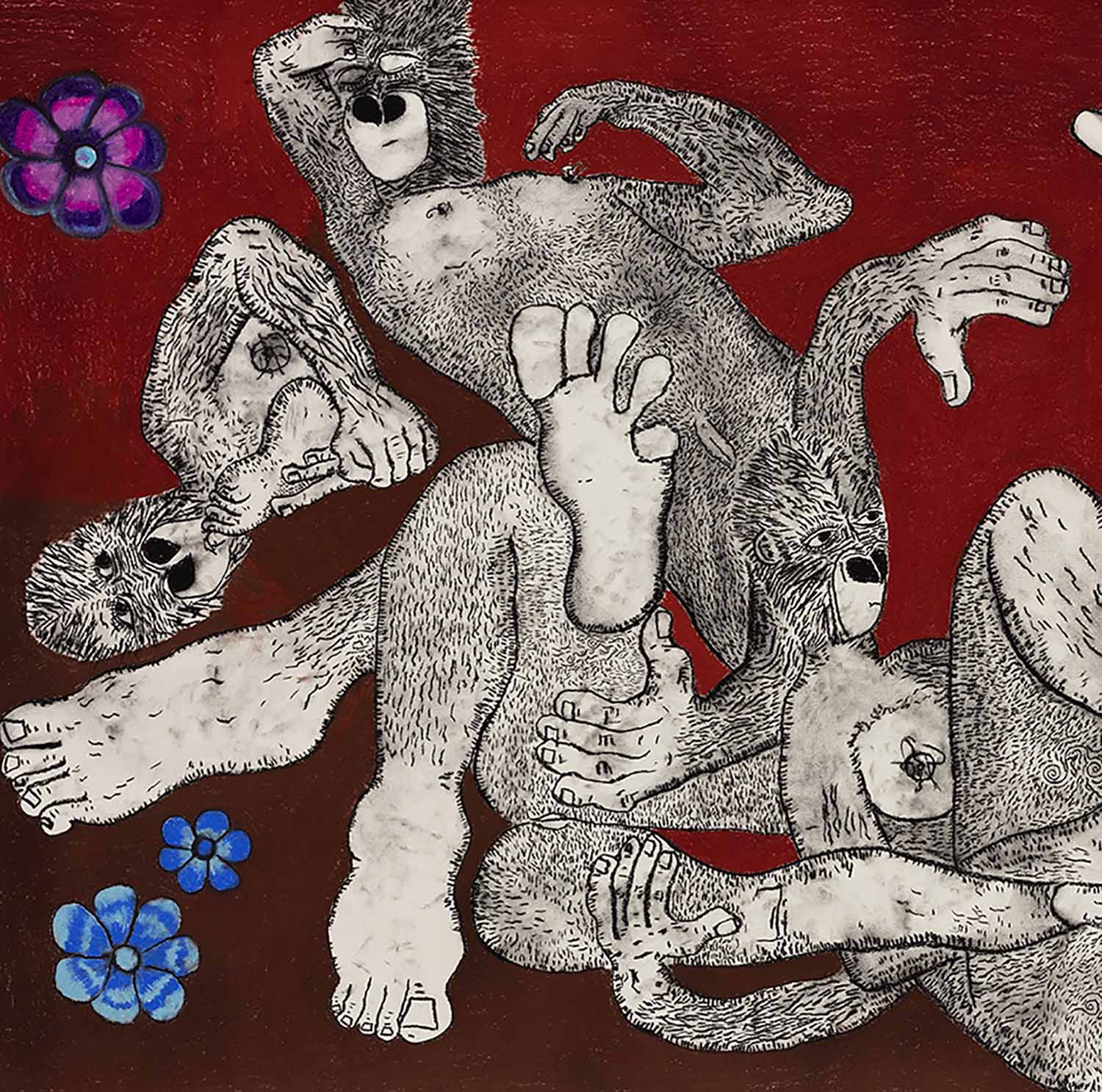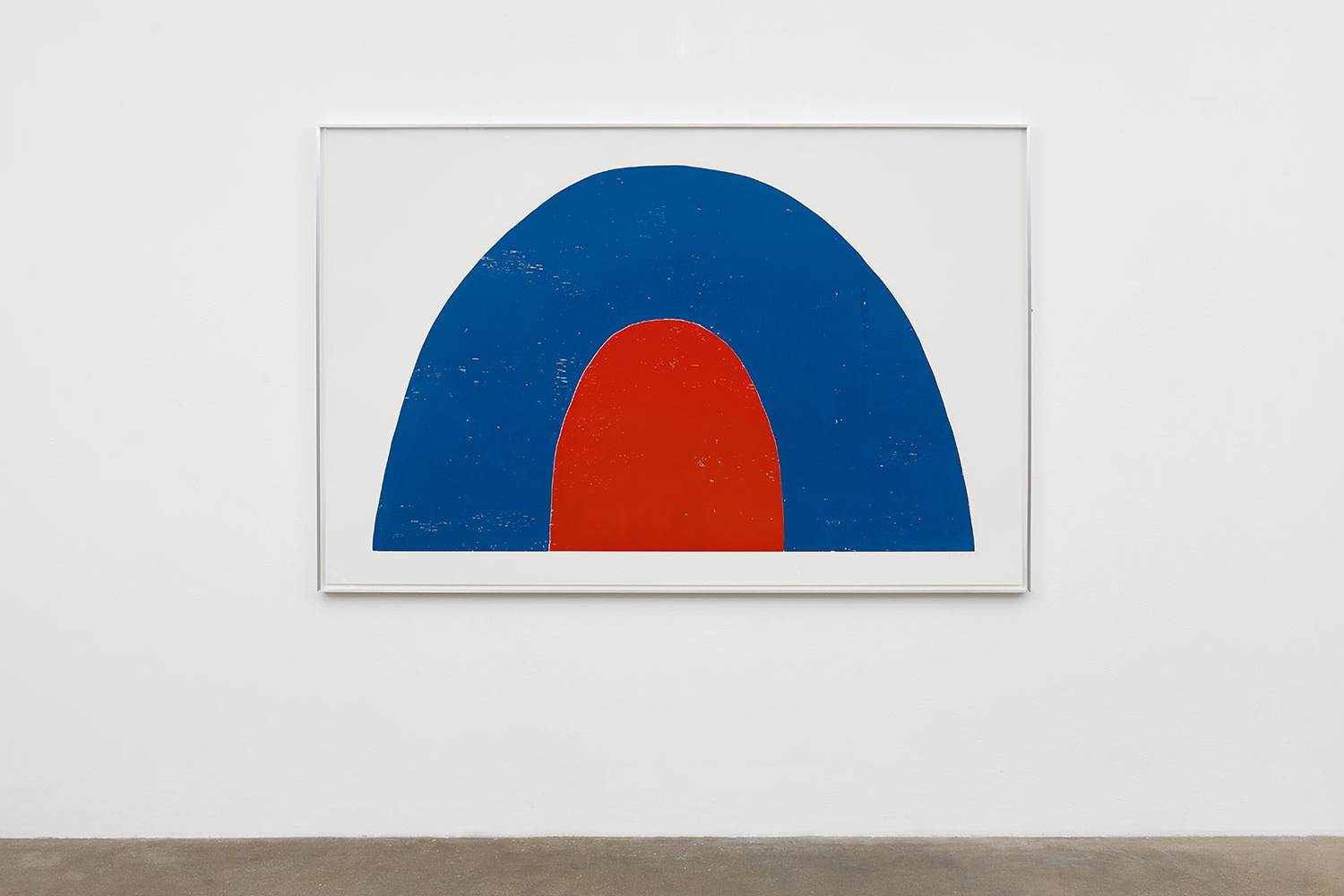Based in New York City for over forty years, Judith Bernstein is a trailblazing artist whose impact on postwar American art is only beginning to be fully understood. She emerged in the mid-1960s with a series entitled Fuck Vietnam (1966-1967), a body of raw and raunchy political canvases that plumbed the psychological depths of sex and war. Executed on distressed unprimed linen, they were dominated by giant penis forms doubling variously as military tanks and despotic heads of state—as in Cockman #1 (1966) in which Bernstein lampooned Governor George Wallace of Alabama, depicting the face of the southern segregationist as a pink hairy testicle sack with a flaccid member for a nose. A caustic, violent and often hilarious use of language accompanied such imagery. Writ large in scrawling loose paint and charcoal, Bernstein’s wry engagement with text—Uncle Sam Balls Vietnam and Gets V.D. not V.C. (Venereal Disease not Viet Cong)—evoked the crude gonzo aesthetics of artists such as R. Crumb and Wally Hedrick, presaging the later linguistic permutations of raconteurs like Jean-Michel Basquiat and Raymond Pettibone. Wordplay of a different sort followed when in the 1970s Bernstein embarked on her massive charcoal screw drawings, the work for which she is best known today. Visually and linguistically conflating the idea of the hardware screw with the phallus (screw, screwed, being screwed) Bernstein’s screws were infamously censored from a 1974 exhibition at the Philadelphia Civic Center: “Women’s Work – American Art 1974.” A founding member of the women’s art collective A.I.R., Bernstein has been discussed primarily within the limiting discourse of feminist art history; yet her rich and layered creations speak to an engagement with traditions ranging from conceptualism to neo-dada. Laboring largely in obscurity throughout the 1980s and 1990s, since 2009 Bernstein has found renewed inspiration and been newly embraced by the art world; recent exhibitions include Hard (2012-2013), a solo show at the New Museum in New York and Keep Your Timber Limber (2013), a group exhibition at the ICA in London. Flash Art sat down with Bernstein on the occasionof Birth of the Universe, her current exhibition of eighteen new paintings at The Box gallery in Los Angeles.
I look around at your new canvases, at the florescent pulsating colors, at your giant electric vaginas and your aggressive and expressionistic paint handling and I find it completely exhilarating. The male sexual violence and power has given way to a fiery and explosive cosmos populated by massive riotous cunt faces, as you call them. Your cunts are surrounded by planets, radiating bands of paint in bright orange, royal blue, yellow, atom signs, numbers, text. I am interested by this shift away from the overtly political to what seems more universal and even mythological, as if you are tapping into some collective Jungian consciousness of archetypes and symbols. When did this all start?
Judith Bernstein: Birth of the Universe began in 2012, I have become fascinated with science. There is so much in science that is surreal. Black energy, black holes, twin galaxies, the idea that time is actually completely relative. So Birth of the Universe is a meditation on these ideas. I have never painted on this scale before or in such a bright color palette. Though I did a few early cunts, like A Soldiers Christmas in Vietnam (Baby The Fucking You Get Ain’t Worth the Fucking You Take), now the cunt talks and she shouts and she will not be silenced. By contrast the cocks in this new series of mine have become cute. They float around with eyelashes like galaxies and are slow and quiet in comparison to the big bang of the feminine, which is both a life giving force and symbol for rage. The cunts have teeth: the angry cunt, the rage of the woman—I was a guerilla girl—rage at the growing power of women, rage in general.
The canvases read “Cuntface,” “The Source,” “Infinity,” “Birth of the Universe.” Your use of text as an anchor is a tie that runs through your work. When did language come into play for you?
JB: The title of the new series is in part a riff on Courbet’s Origin of the Universe. I began my career at Yale where I was one of the few female graduate students enrolled. In fact the university only began admitting women as undergraduates in 1967. My friends at Yale were all men, mostly playwrights and actors like Ron Liebman and Ken Brown, who wrote The Brig. I had already been working with language and then one day I read an article in the paper about the fact that the title of Edward Albee’s play Who’s Afraid of Virginia Wolf? was taken from bathroom graffiti. I ran to the men’s bathroom and that was the beginning of my fascination with scatological graffiti, which became an important touchstone. Many people think graffiti is one-dimensional, but when a man is on the toilet he is defecating on one end and releasing his subconscious on the other. There was a lot going on at the time, the Civil Rights Movement, Vietnam. Men were scared of being drafted. The work that I started making, the cock faces, the crude language, it was all very liberating. It was a commentary on male posturing, male imagery, of observing men, even trying to be one of the guys, politics. Something that always stayed with me were my father’s stories of attending the University of Alabama during the time of Jim Crow Laws. These were situations that I felt compelled to deal with and continue to concern me. I recently updated my Fuck by Number in Vietnam to Fuck by Number in Iraq and Afghanistan for the ICA.
What do you make of the politics of art history and the manner in which your work has been received almost exclusively through the lens of feminism?
JB: I was shown mostly in exhibitions on women, though I was never really completely accepted by women. And while I was glad to have a place to exhibit, my work should not be limited to these ideas. It should not be relegated to the back of the bus, so to say. No one made the connection that there was so much more going on.
I am so bored by the vapid and decorative abstraction that seems to have taken over contemporary painting. One of the aspects I find particularly compelling about your new work is how free and boisterous your paint handling is and how funny and personal the series is.
JB: In many ways I see Birth of the Universe as my re-birth as an artist. Sometimes in life you cannot make the work you have inside you until the time is right. I couldn’t have made these paintings twenty years ago, and at the same time they come out of that experience and they probably are more personal than my other work, from the significance of the numbers that float through the galaxies, some of which relate to my age, to my large signature, which I started doing with the screw drawings, by embedding my name into the charcoal cocks. I always wanted people to know that a woman made them and these paintings are a strange sort of celebration. I have always thought of humor as a form of sexual ejaculation. It relieves tension but is also very powerful.



